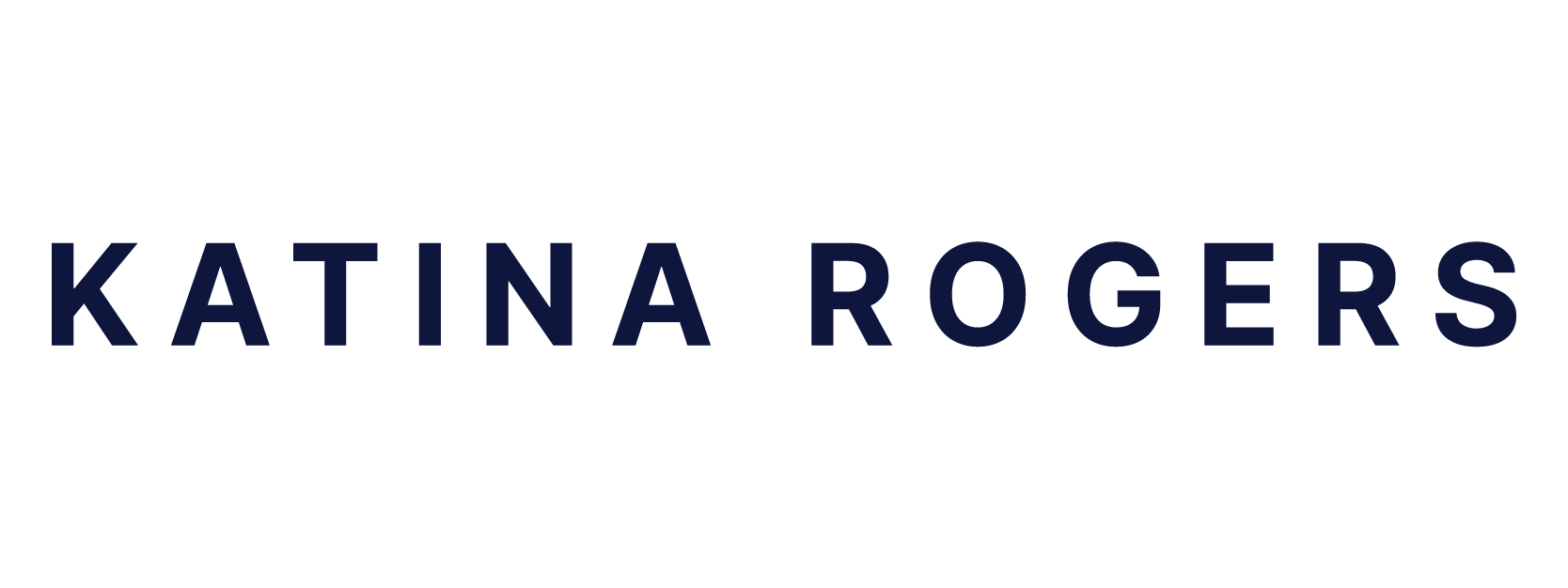[Cross-posted at hastac.org]
My work with the Futures Initiative began with such a flurry of activity that I’m only now catching my breath and reflecting on what we’ve done and what we hope to do. As part of that reflection process, I’ve worked with my colleagues and our program’s graduate fellows over the past few weeks to develop a charter for our work together and to revise our mission statement. The time we’ve spent thinking through our values, our goals, and our priorities has been incredibly clarifying and invigorating. The charter is still in the works, and I look forward to sharing it once it’s finished. Here is the mission statement, which is also posted to our various sites:
The Futures Initiative aims to advance greater equity and innovation in higher education. Housed at the Graduate Center and reaching throughout the CUNY community, the Futures Initiative empowers the next generation of intellectual leaders with bold, public, and engaged teaching and learning. The Futures Initiative fosters greater understanding of the complexities of the higher education landscape by spearheading qualitative and quantitative research in areas such as academic labor practices and reward systems, open-access multimedia publishing, data visualization and interpretation, and institutional change. Through HASTAC@CUNY (a hub of the online network Humanities, Arts, Science and Technology Alliance and Collaboratory), the Futures Initiative extends its collaborative peer-to-peer practices across institutions, disciplines, national boundaries, and economic and social disparities, promoting reinvestment in higher education as a public good.
Without a doubt, our top-level goals—advancing equity and innovation in higher education—are sweeping. But the Futures Initiative takes an approach of experimentation, inquiry, and collaboration that makes working toward these goals more manageable. (We’re indebted to many people and places who have helped shape that ethos; for me, the deepest debt is to my colleagues and friends at the Scholars’ Lab.) We’re approaching questions about pedagogy, scholarship, and academic labor from many different angles, which gives us opportunities to reflect, learn, model new approaches, and highlight the creative work of our colleagues throughout the CUNY community rather than simply forging ahead on our own.
One branch of our program so far includes public talks and open sessions, which provide a venue for discussion of complex topics both within the Graduate Center and beyond thanks to the affordances of Twitter, livestreamed video, and the HASTAC network. In the two months I’ve been here, we’ve co-sponsored events on innovative dissertations, platforms for multimedia scholarly publishing, the role of ProQuest in the dissertation landscape, and new modes of evaluation for online and blended learning environments.
A second strand of our work will happen in the classroom. In fact, we have an incredible opportunity to work not only in a single classroom, but in a vast network of classrooms across New York City’s boroughs. In the initiative’s inaugural course, Cathy Davidson and Bill Kelly will be working with a class of graduate students in a wide range of disciplines, all of whom are teaching courses in various CUNY campuses. The class will think together about new approaches to teaching that can best prepare students for our highly networked world, and each week, they’ll test out new models in their own classes. The course depends not only on the deep engagement of the graduate students, but also that of the undergraduate students that they teach. All become peer teachers and learners. This is a pilot year, really, and next year the effect will multiply as six pairs of faculty members teach six classes of graduate students, whose undergraduate teaching will stretch even farther throughout the CUNY campuses.
And finally, we plan to launch a research project that investigates ecosystems of academic labor and research. I’m very excited about this component. There is so much happening right now with academic labor, all of it highly charged: increasing reliance on contingent faculty; more positive attitudes toward alt-ac careers; growing length of time spent in postdocs (mainly STEM, with a bit of an uptick in the humanities/social sciences); major draw of industry careers (again, mainly STEM). To my knowledge, these factors haven’t been carefully examined relative to one another. My previous research has focused on the career paths that humanities scholars pursue, and I’ve written extensively about why I think the increasingly positive attitude about these varied trajectories is a good thing. But that’s only one piece of the post-higher ed picture.
More and more, I’m interested in better understanding how the university’s core mission is affected by post-graduate career options. One of the big questions I’m grappling with, and that I look forward to examining more rigorously, is whether colleges and universities may be losing some of their most brilliant, dedicated scholars to alt-ac and industry jobs because staying on an academic track increasingly means enduring precarious and poorly compensated positions. And if that is the case, what is the broader societal impact? On one hand, we very much need deeply trained scholars participating in the workforce across all sectors of our society. But that can’t eclipse the importance of teaching the next generation of scholars, professors, and intellectual leaders.
I don’t know what I’ll find when I research those questions, but I really look forward to doing so. Relying both on existing datasets and (hopefully) new data collection, I plan to look first at the CUNY community, then outward to the broader higher education landscape across the US.
All of this feels like an incredibly promising start to the Futures Initiative. It’s a privilege to be charged with thinking through these big issues in collaboration with such wonderful colleagues and students.

2 replies on “Two months in: A few thoughts on the Futures Initiative”
[…] I described in an earlier post, following extensive discussions with my colleagues and our program’s graduate fellows on the […]
[…] I described in an earlier post, following extensive discussions with my colleagues and our program’s graduate fellows on the […]